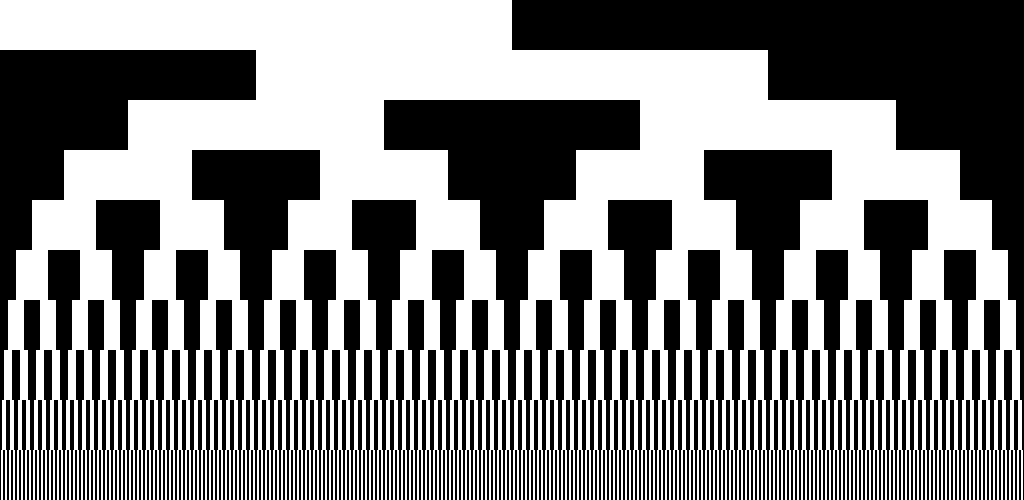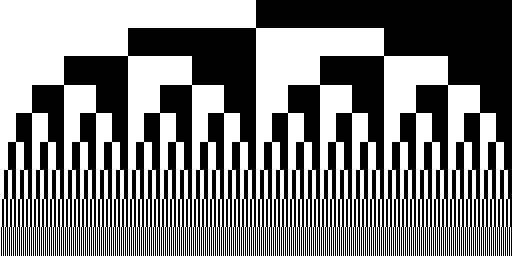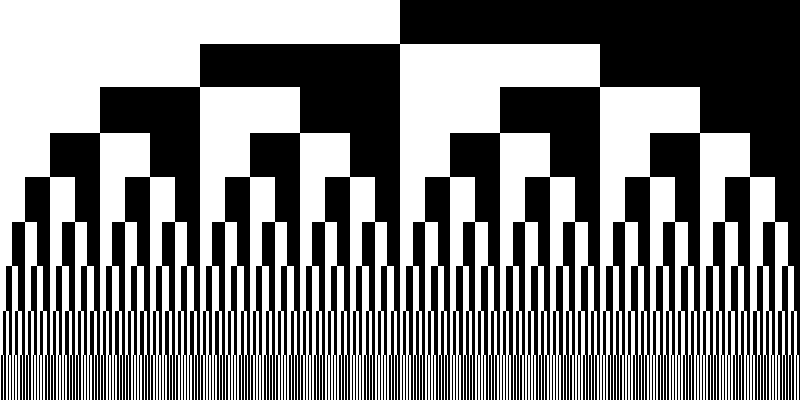I try to build a structured light environment to do 3D scanning.
As far as I know, if I choose to use gray code to reconstruct a 3D model, I have to implement specific patterns that were encode in power 2(2^x, x = 0 ~ 10).
That is said, the patterns must be at least 1024 x 1024 in resolution.
What if my DLP projector only support resolution up to 800 x 480? It projects Moire pattern when the gray code pattern resolution becomes too high(I tried). What should I do?
My friends suggest that I create 1024 x 1024 patterns, and "crop" them into 800 x 480,
but I thought the gray code should follow specific sequence and patterns, my friends suggestion will create several image that is not symmetry.
Does anyone have the same experience like me?
----------2015.8.4 Update Question----------
I was thinking that if my projector can't perfectly projects high resolution patterns, can I just let it projects the patterns with low resolution, for instance, from 2^0 to 2^6?
Or the gray code strictly demands patterns from 2^0 to 2^10? Otherwise gray code is not available?



